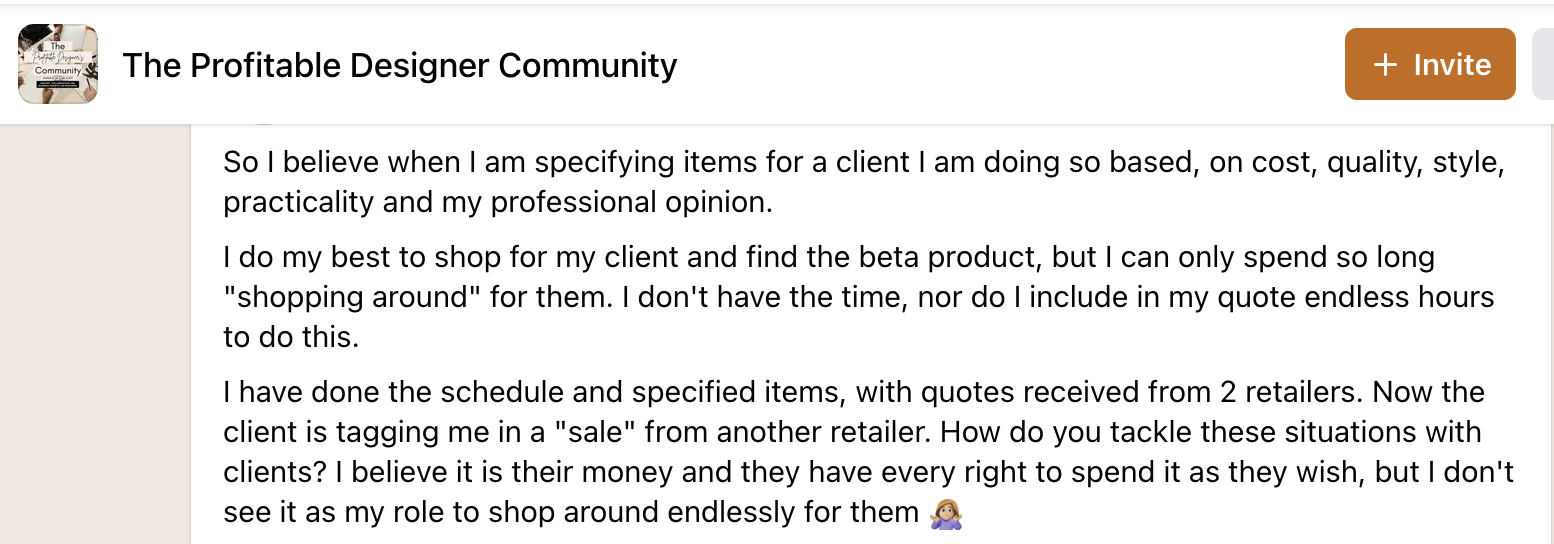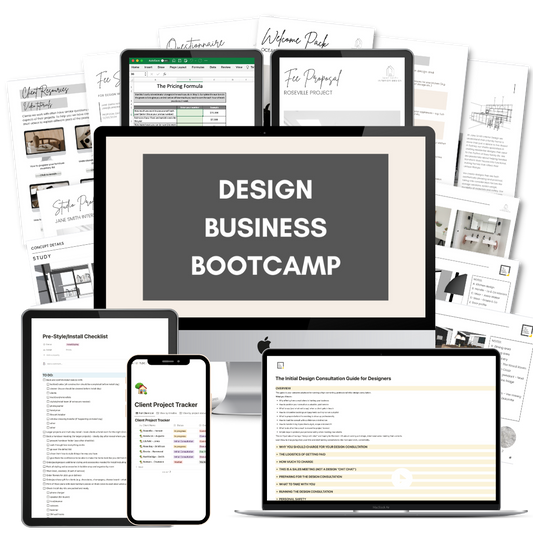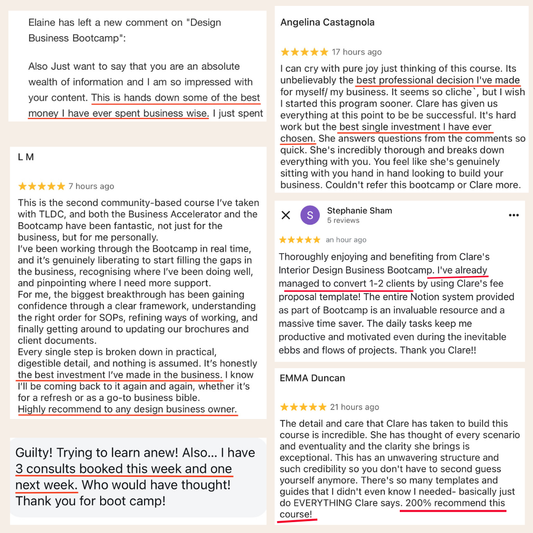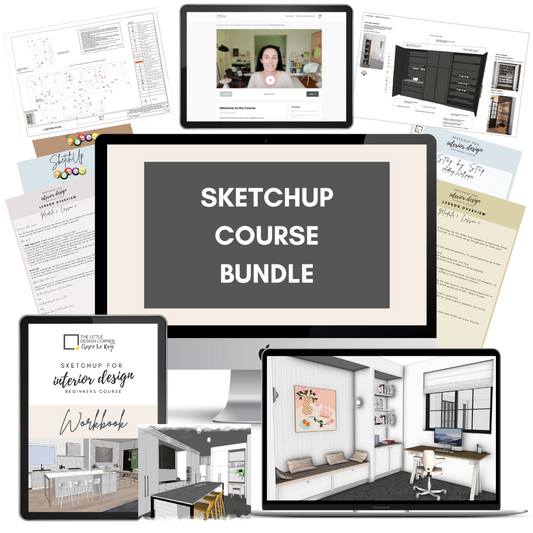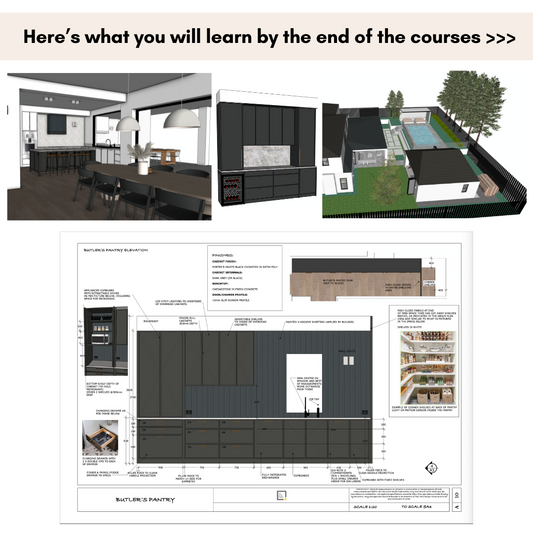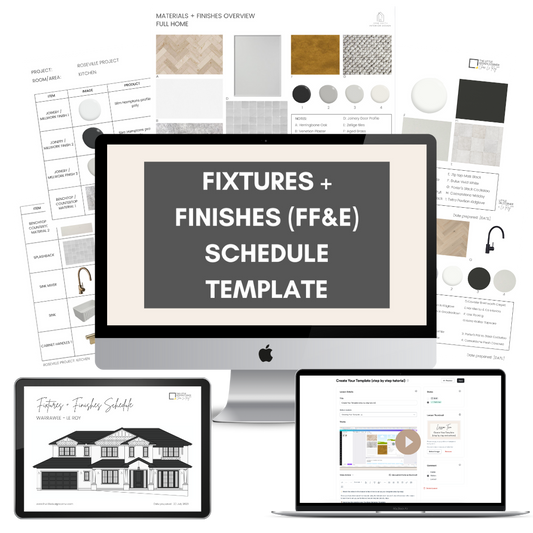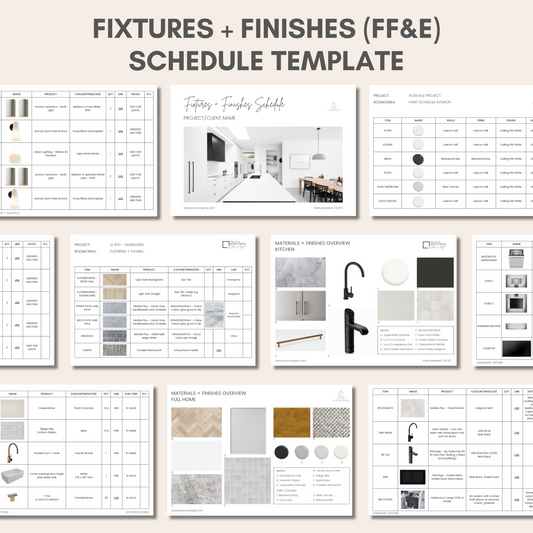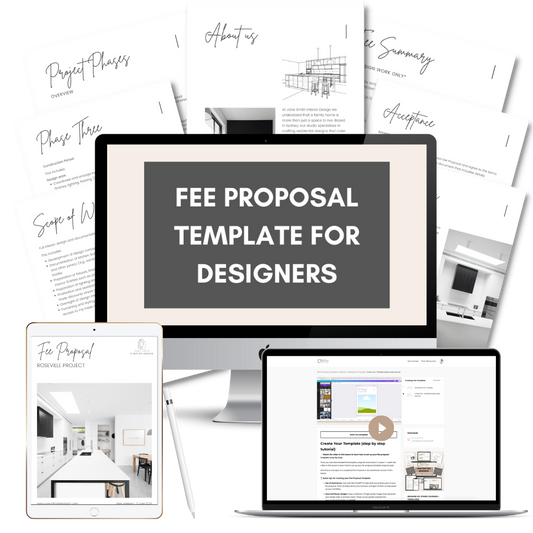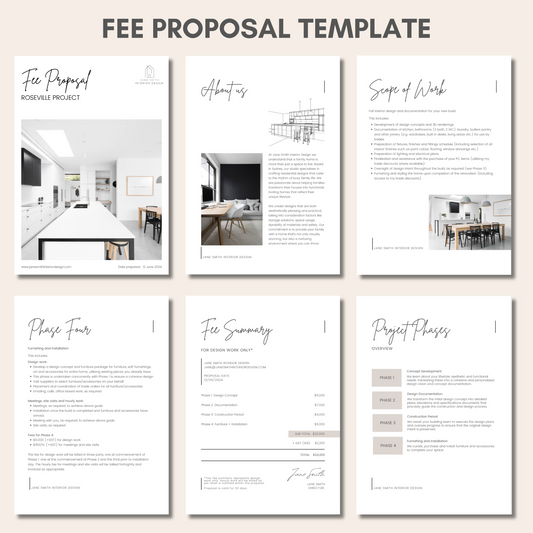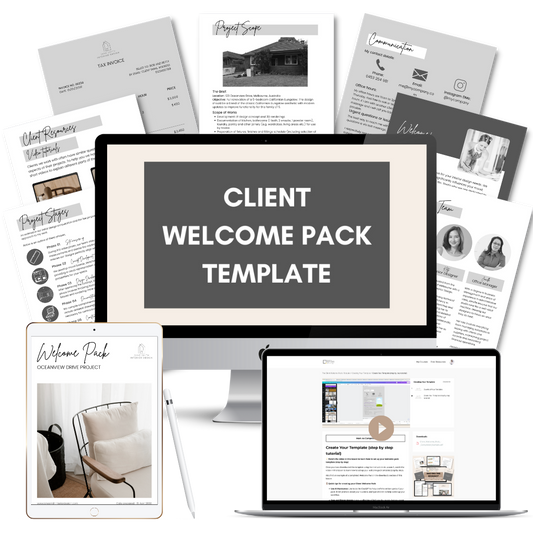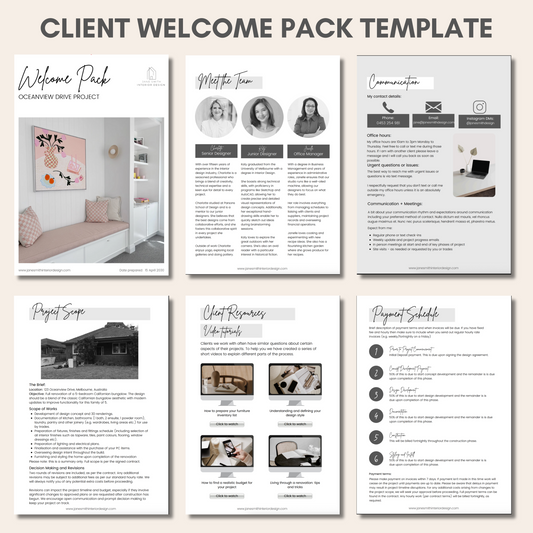Today’s question is about how to deal with clients that don’t trust you, want endless options and/or go behind your back looking for other options themselves.
Here are my thoughts on this:
As a designer it's important to have clear communication with your clients about your role and responsibilities.
Here are a few tips on how to handle these types of situations:
-
Take a leadership role from the start: If you don't manage your design clients from Day 1 then they will walk all over you. You have to set clear expectations and boundaries about how you work. The more a client feels like you’ve got your sh** together the more they will trust the process and leave you alone to get on with your work.
-
Establish clear expectations: At the start of the project make sure that you have a clear understanding of your client's budget and their expectations. But also make sure you clearly outline how you approach sourcing products and how you will handle requests for additional shopping or sourcing (beyond what has been agreed). A great way to outline your business policies is to include these as part of your Client Welcome Pack. But it may also be important to have more formal clauses in your contracts as well (see below).
-
Be transparent about your process: Explain to your client how you go about sourcing products, including how you determine the best balance between cost, quality, style and function. Let them know that you do your best to find the best products for their budget, but that you can only spend a certain amount of time shopping around. Also remind them that they have hired you for a reason (because they don’t know how to do this themselves!) so they need to trust you.
-
Update your client agreement: Make sure to include your policies around sourcing in your client agreement. This will help avoid confusion or misunderstandings about your role and is a resource you can point back to if a client is being unreasonable. Include the amount of time you are willing to spend shopping or sourcing products and how you will handle requests for additional information or changes requested by the client. Also include a section on dispute resolution that outlines how conflicts or disagreements will be handled and what steps you will take to resolve them.
-
Offer a choice: Offer choices in products to your clients but keep these to a minimum so as to avoid analysis paralysis. Remind them you are the expert and that’s why they hired you!
-
Be firm but fair: It's important to be firm but fair in these situations. You can explain to the client that you are happy to work with them to find the best products for their budget but that you cannot spend an unlimited amount of time shopping around. Start charging by the hour if the scope has crept significantly from where it first started. Remember - your time is valuable and you are running a business, not a charity.
-
Involve the client: Involve the client in the process from the start by finding out if they have particular items they like or want to include in the project. This can help to ensure that the client is happy with the products you are sourcing and that they feel like they are a part of the process.
Remember, as a professional you have been hired to provide your expertise and guidance to your client.
By establishing clear expectations and being transparent about your process you can help to ensure a positive and productive working relationship with your client.
Thanks for reading and catch you in my next post :)
Clare x


